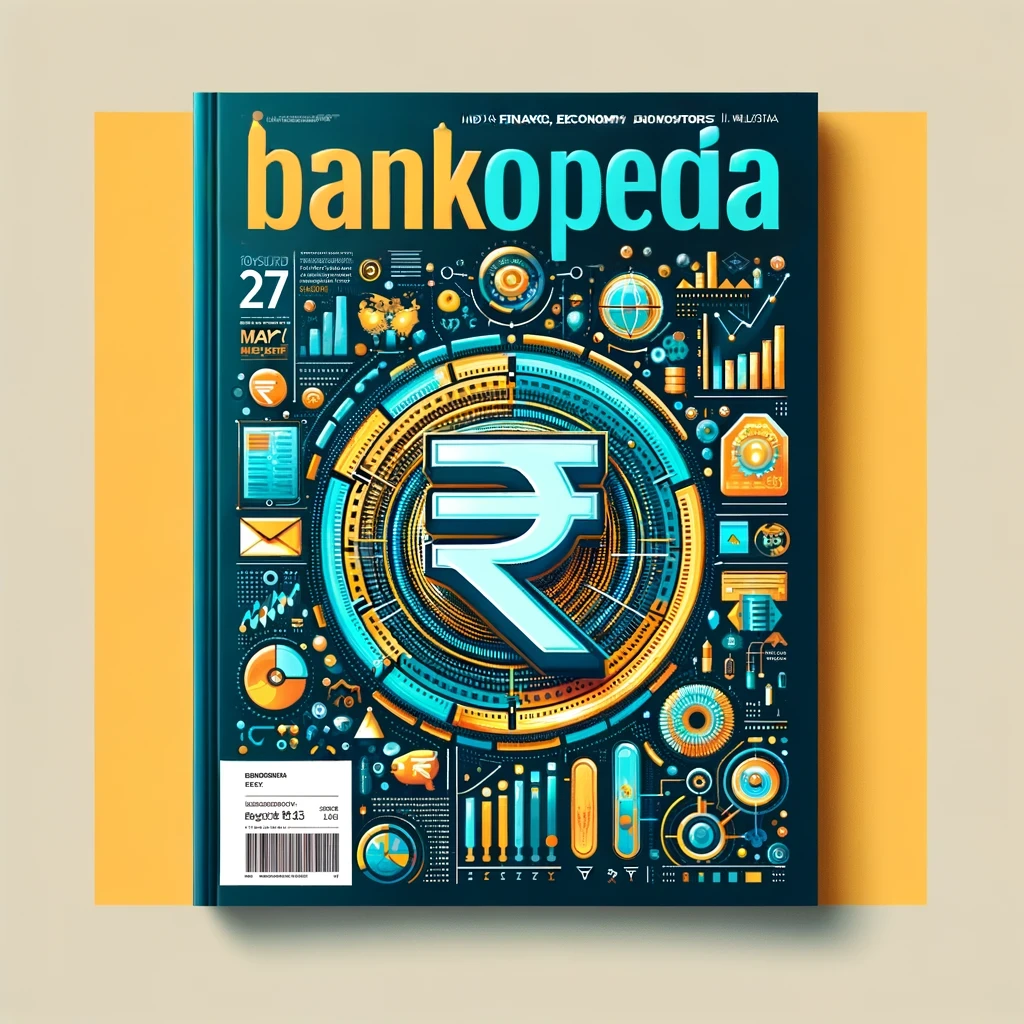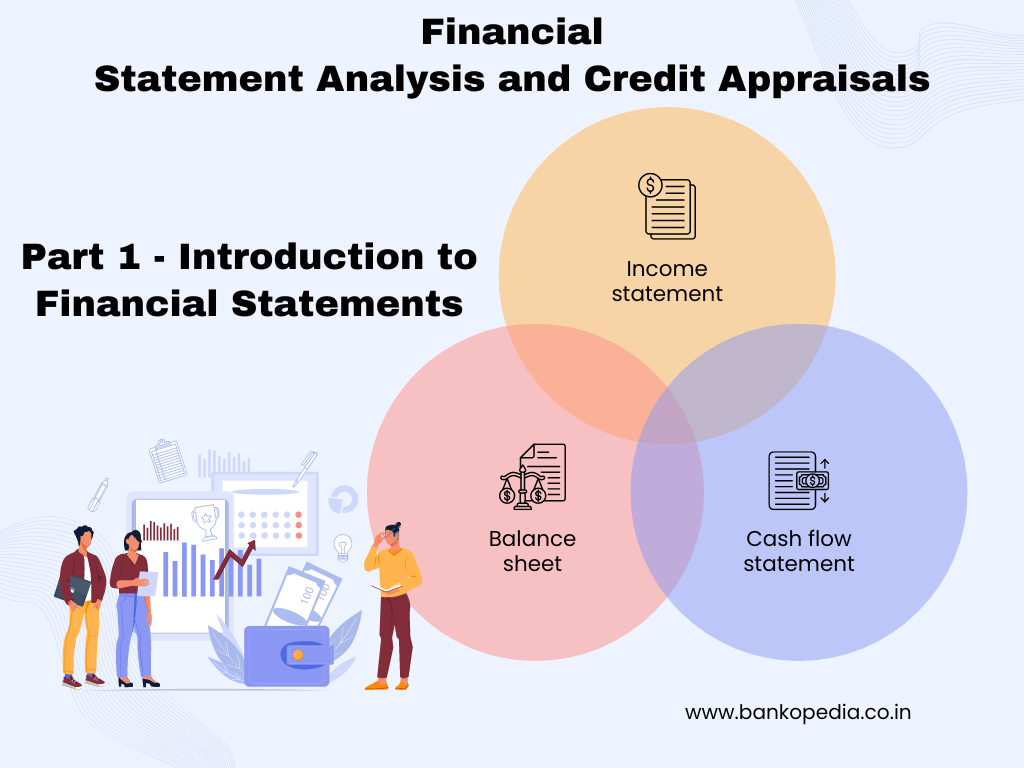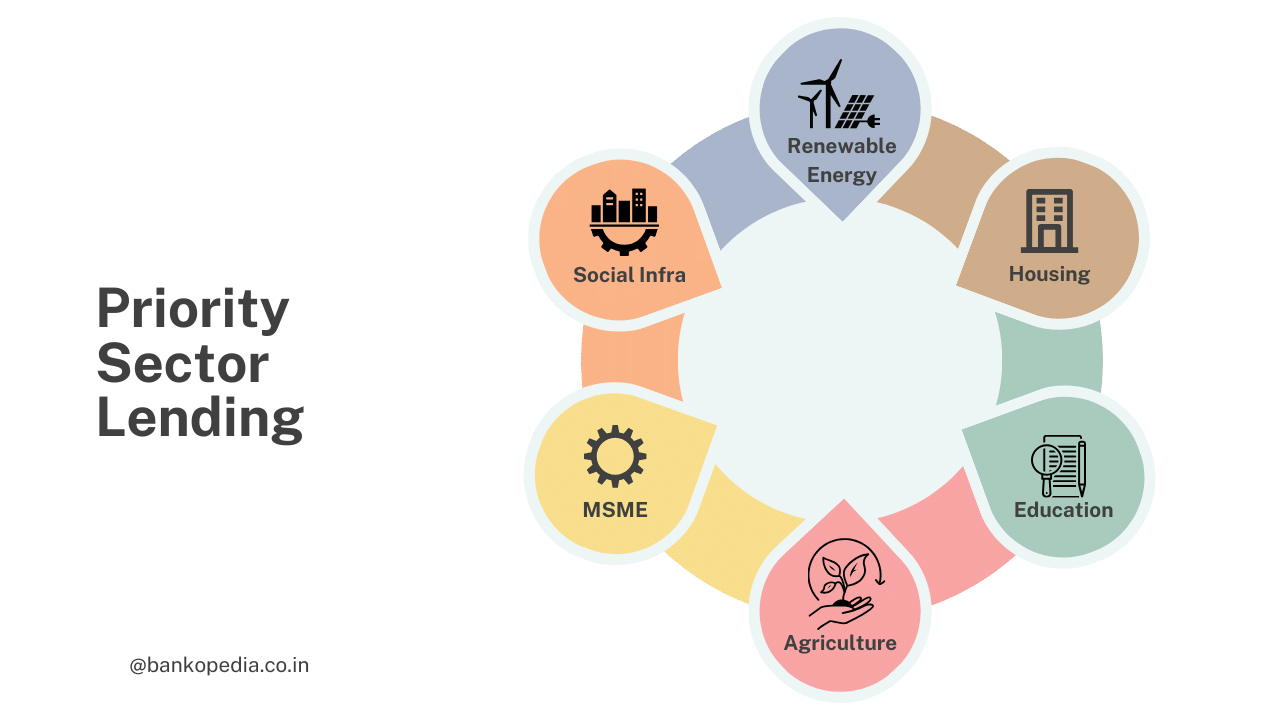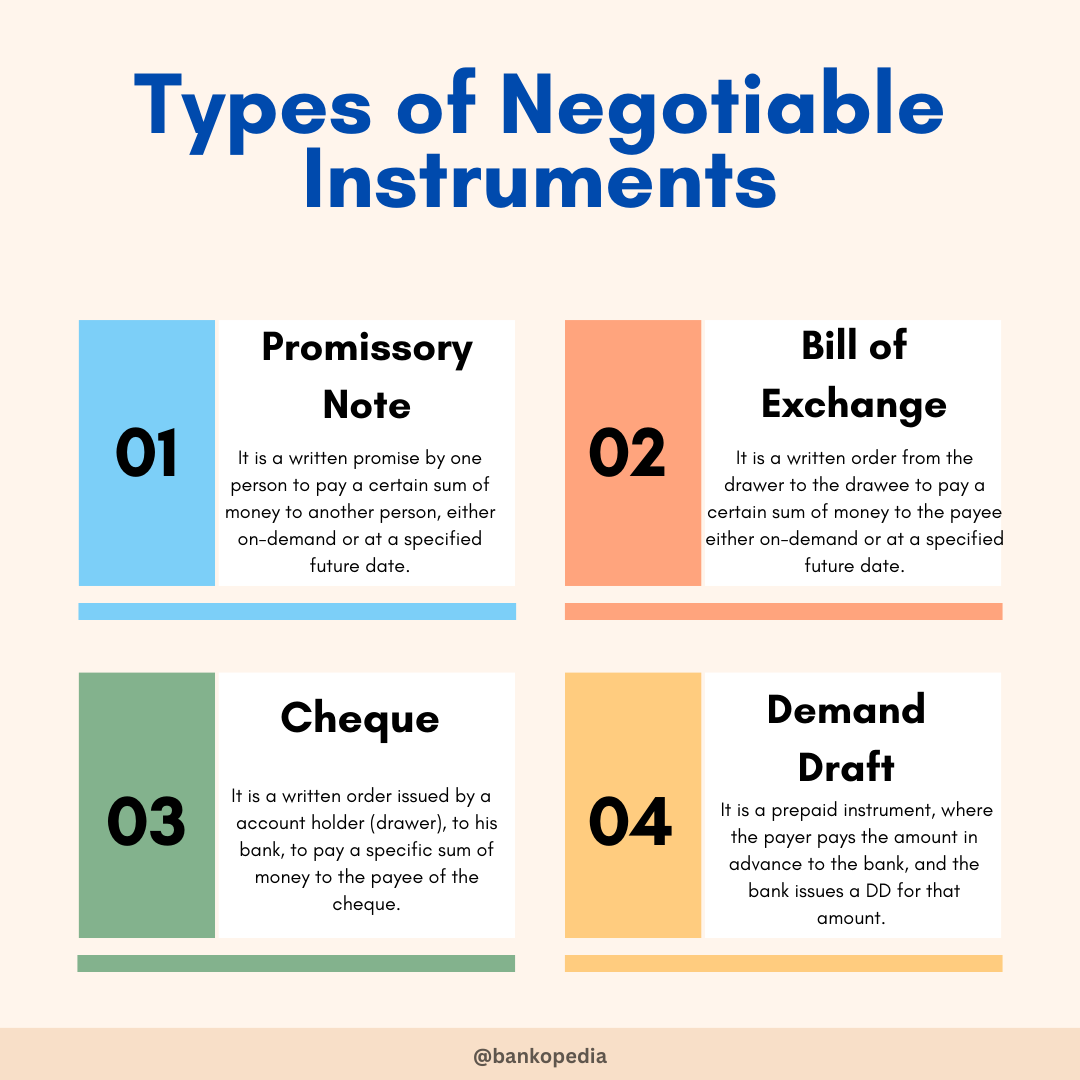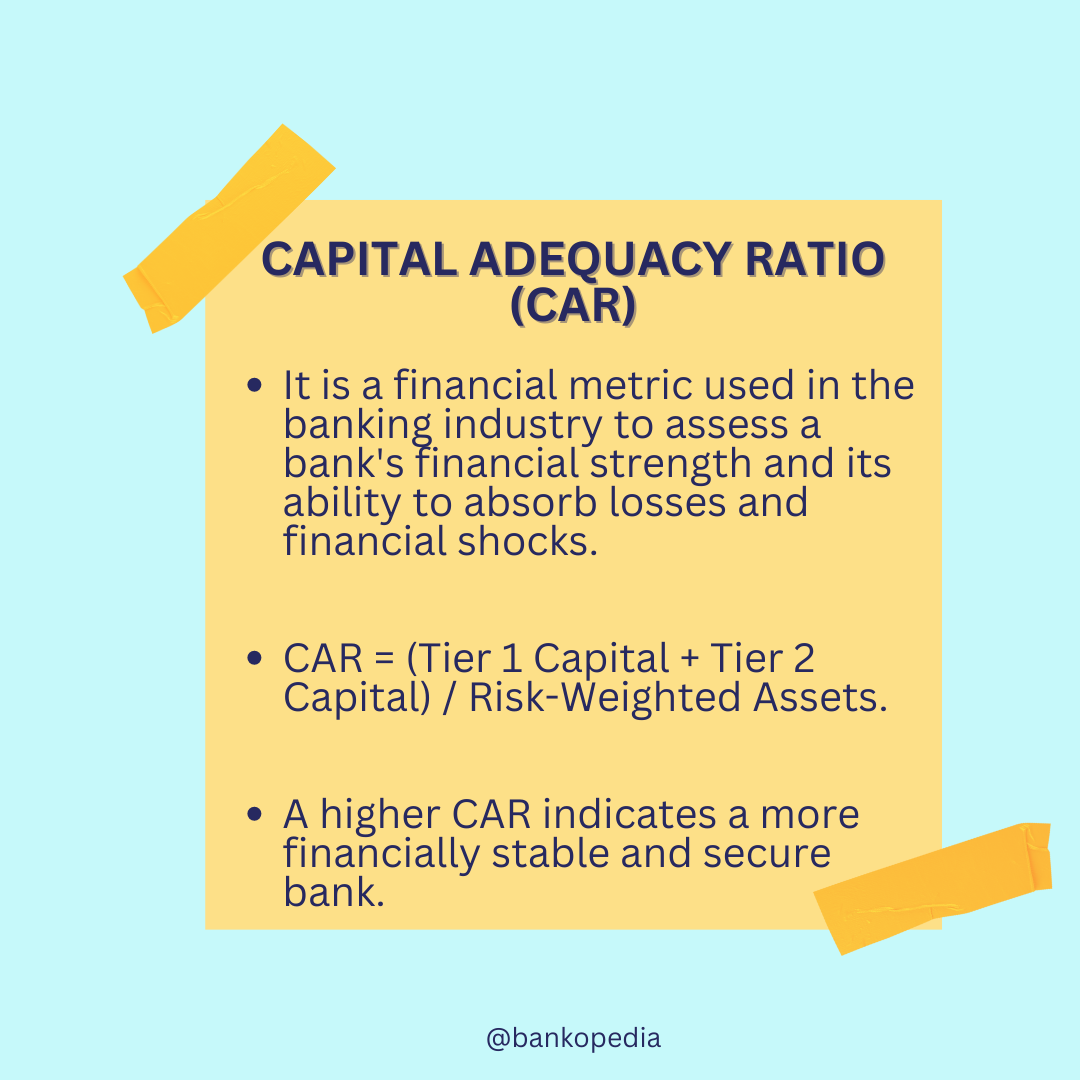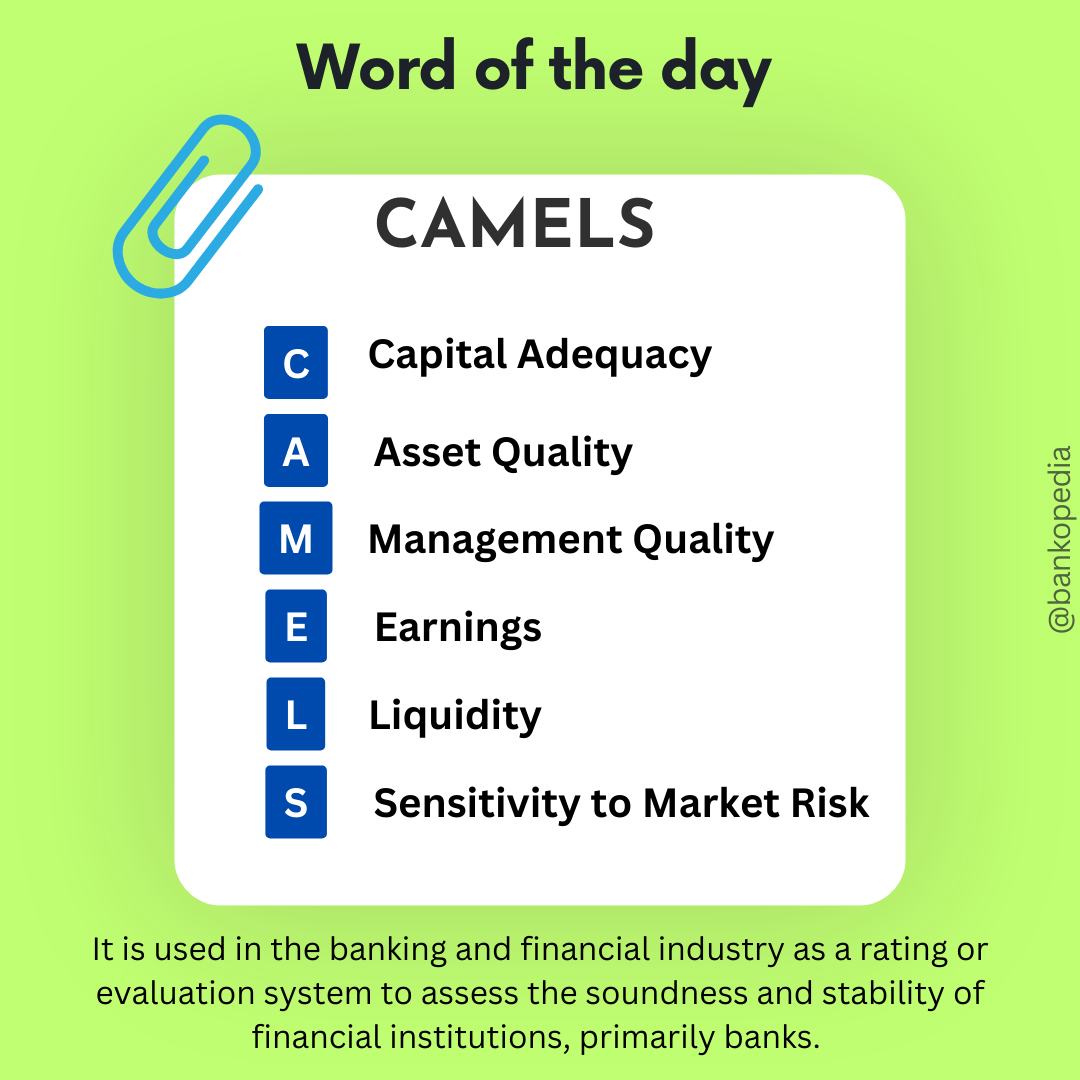Welcome to Daily Banking Digest, your premier source for the latest news and insights on May 27, 2024, focusing on banking, the economy, and finance. Our platform offers a comprehensive overview of the day’s most critical financial stories, market trends, and economic developments. Whether you’re a professional in the financial sector, an investor monitoring market movement, or someone interested in staying informed about the economic landscape, Daily Banking Digest provides reliable, up-to-date information.
Join our Telegram Channel for Daily PDF in your Inbox – Click Here
Table of Contents
Korean Scientists Pioneer Ultra-Rapid Diamond Synthesis Technique
The Indian government has taken steps to promote diamond manufacturing by reducing customs duties on lab-grown diamond seeds and funding research at IIT Madras. Meanwhile, Korean scientists have made a breakthrough in diamond production, developing a method to grow diamonds in just 15 minutes at ambient pressure. This discovery opens up new possibilities for diamond manufacturing and could revolutionize the industry.
Key Points:
Government Initiatives:
- Reduction in customs duties on lab-grown diamond seeds
- Grant to IIT Madras for research on lab-grown diamonds
Korean Scientists’ Discovery:
- Diamonds grown in 15 minutes at ambient pressure
- No seed particles required
- Cocktail of gallium, iron, nickel, and silicon used
- Diamonds nucleate and grow at the center due to temperature gradient
- Growth stops at around 150 minutes
Significance:
- Path-breaking discovery
- Opens up new possibilities for diamond manufacturing
- Could revolutionize the industry
SEBI Restricts Real-Time Data Sharing by Exchanges and Depositories
SEBI has implemented new regulations to control the sharing of real-time share price data with third parties, particularly online gaming platforms that offer virtual trading or fantasy games based on real-time stock prices. These guidelines aim to prevent the misuse of such data and ensure the orderly functioning of the securities market.
Key Points:
1. Purpose of Regulations: – To curb the misuse of real-time share price data by online gaming platforms and other third parties.
2. Entities Affected: – Market Infrastructure Institutions (MIIs) including stock exchanges, clearing corporations, and depositories. – Registered market intermediaries.
3. Restrictions on Data Sharing: – Real-time price data cannot be shared with third parties unless necessary for the proper functioning of the securities market or regulatory compliance.
4. Formal Agreements: – Entities intending to share real-time price data must enter into formal agreements outlining the activities for which the data will be used.
5. Annual Review: – The list of entities and activities for which real-time price data is shared must be reviewed annually by the board of MIIs or intermediaries.
6. Effective Date: – The new guidelines will come into effect 30 days after the issuance of the circular.
7. Data Sharing for Investor Education: – Market price data can be shared for investor education and awareness without monetary incentives, but the data must be delayed by one day.
8. Due Diligence and Prevention of Misuse: – MIIs and intermediaries must conduct due diligence when sharing data and include provisions in agreements to prevent misuse.
Upcoming GDP and GST Data to Shape Economic Agenda for New Government
Ahead of the election results on June 4th, five key economic indicators will provide insights into the economic landscape for the new government. These indicators include GDP growth, fiscal deficit, core sector performance, GST collection, and Purchasing Managers’ Index (PMI). All indicators are expected to exceed estimates, except for GST collection, which is likely to be lower on a month-on-month basis.
Key Points
Fiscal Deficit – Expected to be lower than the revised estimate of 5.8% – Reduction of 10-20 basis points anticipated – Critical for achieving the target of 4.5% fiscal deficit by FY26
GDP – Estimated to grow between 7.5% and 7.8% in FY24 – Gap between GDP and GVA growth expected to moderate to 100 basis points in Q4 FY24 – ICRA projects GDP growth at 7.8% and GVA growth at 7%
GST Collection – Expected to be lower on a month-on-month basis but higher on a year-on-year basis – E-way bill generation indicates some moderation in collections
Core Sector Performance – Data to be released on May 31st – Expected to show strong growth
Purchasing Managers’ Index (PMI) – Data for May to be released on June 3rd – Expected to remain above 50, indicating expansion in the manufacturing sector
India’s Trade Deficit Widens with Majority of Top Trading Partners in 2023-24
India has a trade deficit with nine of its top ten trading partners, including China, Russia, and Korea. The deficit with China, Russia, Korea, and Hong Kong has increased compared to the previous fiscal year, while the gap with the UAE, Saudi Arabia, Russia, Indonesia, and Iraq has narrowed. India has a trade surplus with the US, UK, Belgium, Italy, France, and Bangladesh.
Key Points:
Trade Deficit: – India has a trade deficit with nine of its top ten trading partners. – The total trade deficit narrowed to $238.3 billion in the last fiscal year.
China: – China is India’s largest trading partner. – The trade deficit with China increased to $85 billion in 2023-24.
Russia: – The trade deficit with Russia increased to $57.2 billion in 2023-24.
Korea: – The trade deficit with Korea increased to $14.71 billion in 2023-24.
Hong Kong: – The trade deficit with Hong Kong increased to $12.2 billion in 2023-24.
US: – India has a trade surplus with the US. – The surplus with the US increased to $36.74 billion in 2023-24.
Free Trade Agreements: – India has free trade agreements with Singapore, the UAE, Korea, and Indonesia.
Impact of Trade Deficit: – A trade deficit can put pressure on the domestic currency. – A rising trade deficit can lead to currency depreciation, increased external debt, and reduced foreign investment.
Reducing Trade Deficit: – Boosting exports – Reducing unnecessary imports – Developing domestic industries – Managing currency and debt levels effectively
BharatPe and PhonePe Resolve Trademark Disputes Over ‘Pe’ Suffix After Five Years
BharatPe and PhonePe have amicably resolved their legal disputes over the use of the trademark suffix ‘Pe’. The settlement ends five years of litigation and allows both companies to focus on building their digital payment ecosystems.
Key Points:
Settlement Agreement: – BharatPe and PhonePe have settled all legal disputes pertaining to the ‘Pe’ trademark. – The settlement will end all open judicial proceedings.
Trademark Registry: – Both parties have withdrawn oppositions against each other in the trademark registry. – This will facilitate the registration of their respective trademarks.
Compliance: – BharatPe and PhonePe will comply with the settlement agreement in all cases before the Delhi and Bombay High Courts.
Industry Impact: – The settlement is seen as a positive development for the fintech industry. – It allows both companies to focus on growing the Indian fintech sector.
Company Background: – BharatPe is a fintech company founded in 2018, known for its UPI interoperable QR code and card acceptance terminal. – PhonePe is a digital payments app launched in 2016, with a large user base and merchant network.
Credit Card Usage Declines in April, New Card Issuance Slows
Credit card spending in India moderated in April 2024, declining 4.84% to ₹1.56 lakh crore compared to the previous month. The slowdown in spending is attributed to the seasonal decline in March and the impact of revised norms on co-branded cards. Despite the decline in spending, the number of card transactions grew 32.7% year-over-year, likely due to the linking of credit cards to UPI.
Key Points
Spending Trends – Credit card spending declined 4.84% month-over-month to ₹1.56 lakh crore in April 2024. – Spending growth slowed from 25.9% year-over-year in April 2023 to 17.9% in April 2024. – The number of card transactions grew 32.7% year-over-year to 344 lakh crore.
Issuer Performance – The top 4 issuers (HDFC Bank, SBI, Axis, ICICI Bank) saw a decline in spending of 1.5-7% month-over-month. – IDBI Bank and Union Bank experienced a rise in monthly spends. – HDFC Bank lost market share, while Axis Bank gained. – SBI cards had the highest spends market share, but still lower than its peak in October 2023.
Market Share – The top 4 issuers’ market share in terms of spends declined to 71.98% in March 2024 from 74.79% a year ago. – The industry saw net additions of 7.4 lakh cards in April 2024, taking the total number of cards outstanding to 10.25 crore. – The top 4 issuers had a total of 7.06 crore cards-in-force as of March 2024, with a market share of 69.40%.
Foreign Investors Gradually Increase Exposure to Indian Bonds Ahead of Global Index Inclusion
Foreign portfolio investors (FPIs) are increasing their holdings in Indian Government Securities (G-Secs) in anticipation of their inclusion in the JP Morgan Global Bond Index – Emerging Markets Global Diversified (GBI-EM GD). This inclusion is expected to attract significant inflows, estimated at $22 billion to $25 billion. FPIs are also optimistic about the softening of G-Sec yields due to these developments.
Key Points
- FPI Holdings in G-Secs Increase: FPIs’ holdings in G-Secs increased by 31 basis points to 1.92% as of December 2023.
- JP Morgan GBI-EM GD Inclusion: The inclusion of specified G-Secs in the JP Morgan index is expected to bring in $22 billion to $25 billion in inflows.
- Bloomberg Index Inclusion: India’s FAR bonds will also be included in Bloomberg’s Emerging Market Local Currency Government Index, bringing in an estimated $2 billion to $3 billion.
- Positive Outlook on Indian Bonds: Global investors are optimistic about Indian bond yields due to controlled inflation, current account deficit, and fiscal deficit, as well as strong growth and forex reserves.
- Other Investors’ Holdings: Provident funds, pension funds, corporates, and insurance companies also increased their G-Sec holdings.
- RBI and Commercial Bank Holdings Decline: RBI’s G-Sec holdings decreased due to open market operations and redemptions, while commercial banks reduced their holdings to capitalize on declining yields.
WIPO Treaty: A Triumph for India and the Global South
The World Intellectual Property Organization (WIPO) has adopted a treaty that establishes new disclosure requirements for patent applicants using genetic resources and traditional knowledge. This treaty is a significant victory for India and developing countries, as it protects their biodiversity and traditional knowledge.
Key Points:
- New Disclosure Requirement: Patent applicants must disclose the origin of genetic resources and associated traditional knowledge used in their inventions.
- Protection for Indian Resources: The treaty provides additional protection for Indian generic resources and traditional knowledge in countries without disclosure obligations.
- Consensus Adoption: The treaty was adopted with consensus among over 150 countries, including developed nations.
- First WIPO Treaty on IP, Genetic Resources, and Traditional Knowledge: This is the first WIPO treaty to address the intersection of these areas.
- Provisions for Indigenous Peoples: The treaty includes provisions specifically for indigenous peoples and local communities.
- Increased Transparency and Innovation: The treaty promotes transparency in the patent system and encourages innovation.
- Bridging Conflicting Paradigms: The treaty aims to reconcile the protection of intellectual property with the conservation of biodiversity.
Sun Pharma’s New Manufacturing Facility Opens in Bangladesh
India has been a significant contributor to the growth of Bangladesh’s pharmaceutical industry, with Sun Pharma’s new plant in Bangladesh being a testament to this partnership. The plant, located in the Meghna Industrial Economic Zone, has a production capacity of over 1 billion tablets and capsules per year. India has been meeting approximately 30% of Bangladesh’s Active Pharmaceutical Ingredients (API) demand, highlighting the strong bilateral cooperation in the health sector.
Key Points:
- India’s Role in Bangladesh’s Pharmaceutical Industry: India has been a credible partner in the growth of Bangladesh’s pharmaceutical industry, meeting about 30% of its API demand.
- Sun Pharma’s New Plant: Sun Pharma’s new plant in Bangladesh is a symbol of the growing economic and industrial engagement between the two countries.
- First Pharmaceutical Unit in Bangladesh’s Economic Zone: The plant is the first pharmaceutical unit in any Economic Zone of Bangladesh, reflecting the growing interest among Indian businesses to invest in the country.
- Bilateral Cooperation in Health Sector: India and Bangladesh have strong bilateral cooperation in the health sector, including the supply of vaccines and oxygen during the COVID-19 pandemic.
- Bangladesh’s Pharmaceutical Industry: Bangladesh’s pharmaceutical industry has made significant progress in recent decades, emerging as a key player in generic drug manufacturing.
- Opportunities for Indian Manufacturers: There are ample opportunities for Indian manufacturers to establish business partnerships with Bangladesh companies in the form of joint ventures, joint R&D efforts, and technology tie-ups.
Hybrid Vehicles Gaining Momentum, Driven by Maruti and Toyota
Hybrid vehicles are gaining popularity in India, narrowing the gap with electric vehicles (EVs) in market share. Maruti Suzuki and Toyota Motor are driving this growth with their popular hybrid models. Industry experts predict that hybrids may overtake EVs in sales this fiscal year due to strong demand and the entry of new players like Hyundai Motor and Kia.
Key Points:
Market Share: – Hybrid vehicles accounted for 2.48% of India’s passenger vehicle market in Q1 2024, compared to 2.63% for EVs.
Growth Drivers: – Maruti Suzuki and Toyota Motor offer several popular hybrid models. – Hybrids offer improved fuel efficiency and lower operating costs.
Competition with EVs: – Hybrids are gaining popularity due to concerns about EV range and limited charging infrastructure.
Toyota’s Leadership: – Toyota is the leader in the hybrid vehicle segment with its self-charging hybrid electric vehicle technology. – Toyota’s hybrids can cover 40% distance and 60% time on electric mode, improving fuel efficiency by 40-50%.
Future Outlook: – Industry experts expect hybrids to overtake EVs in sales this fiscal year. – Hyundai Motor and Kia are reportedly exploring the launch of hybrid vehicles.
India’s Solar Power Surges: Record 10 GW Added in Q1 2024, Quadrupling Year-over-Year Capacity
India has achieved a significant milestone by installing over 10 GW of solar capacity in the first quarter of 2024, marking the highest quarterly installation to date. This represents a 400% year-over-year increase and a 414% quarter-over-quarter surge. The surge in installations was driven by the commissioning of delayed projects, falling module prices, and the suspension of the Approved List of Models and Manufacturers (ALMM) order. India is now poised to be among the top three solar markets globally in 2024.
Key Points
Capacity Additions – India installed over 10 GW of solar capacity in Q1 2024, a 400% YoY and 414% QoQ increase. – Large-scale solar capacity accounted for 9.7 GW, including 1.8 GW from open access projects.
Factors Driving Growth – Commissioning of delayed projects due to extensions and falling module prices. – Suspension of ALMM order enabled lower-cost module imports. – Granting grid connectivity to projects stalled in the Great Indian Bustard habitat.
Market Outlook – India is positioned for a record-breaking year in solar installations. – A substantial pipeline of large-scale projects is scheduled for 2024. – India is poised to be among the top three solar markets globally.
State-wise Installations – Rajasthan and Gujarat led large-scale solar installations, contributing 38% and 35% respectively. – Madhya Pradesh followed with 8%.
Cumulative Capacity – India’s cumulative installed solar capacity reached 82 GW as of March 2024. – Solar energy represented 18.5% of India’s total installed power capacity and 43% of renewable energy capacity.
Project Pipeline and Costs – India’s large-scale solar project pipeline stood at 143.3 GW, with an additional 93.1 GW tendered and pending auction. – The average cost of large-scale solar projects fell by 7% QoQ and 28% YoY.
Tendering and Auctioning – Tenders totaling 30.7 GW were announced in Q1 2024, up 122% YoY and 92% QoQ. – 25 GW of solar projects were auctioned, a 229% QoQ and 2,957% YoY increase.
Challenges – Inadequate transmission infrastructure and land acquisition delays could hinder project commissioning. – Rising land costs and scarcity of prime sites for solar could further complicate the landscape.
IDBI SASF Receives Multiple Offers for Distressed Assets
IDBI Bank’s Stressed Assets Stabilisation Fund (SASF) has received 18 expressions of interest from asset reconstruction companies (ARCs) for the sale of non-performing loans worth ₹6,151 crore. The reserve price for the auction is set at ₹713 crore, and the sale has attracted interest from major ARCs. The portfolio up for sale includes 239 cases, with 81 backed by tangible securities and guarantees and 158 supported by guarantees and claims. SASF was established in 2005-06 to acquire stressed assets from IDBI Bank and is now being wound down after completing its 20-year life cycle.
Key Points:
Expressions of Interest Received: – 18 EoIs received from ARCs, including Arcil, JC Flowers ARC, Edelweiss ARC, and Kotak-backed Phoenix ARC.
Reserve Price and Sale Process: – Reserve price set at ₹713 crore. – Sale will be 100% cash-based, with EY as the process advisor. – Auction date to be announced after due diligence by EoI submitters.
Portfolio for Sale: – 239 cases with a gross principal outstanding of ₹6,151 crore. – 81 cases backed by tangible securities and guarantees. – 158 cases supported by guarantees and claims.
SASF Background: – Established in 2005-06 to acquire stressed assets from IDBI Bank. – Managed ₹9,000 crore of distressed loans. – Most loans recovered, with remaining being sold now. – Being wound down after completing its 20-year life cycle.
Enhanced Transparency: Removal of Indemnity Clause in NPA Sale Agreements Between Banks and ARCs
Banks and asset reconstruction companies (ARCs) have agreed on a model agreement for selling loans, but remain at an impasse over the issues of indemnity and fraud. Banks refuse to provide indemnity, while ARCs seek protection from unknown claims. The model agreement also gives banks the right to declare an account as fraudulent after its sale to an ARC, placing the responsibility for dealing with investigative agencies on the ARC.
Key Points:
Indemnity: – ARCs have been requesting indemnity from banks after loan sales to cover unknown claims. – Banks have refused to provide indemnity, arguing that they should not be responsible for issues arising after they have sold the asset. – The provision of indemnity will be decided on a case-by-case basis between the buyer and seller.
Fraud Accounts: – The model agreement gives banks the right to declare an account as fraudulent after its sale to an ARC. – The ARC is then responsible for monitoring and filing complaints with law enforcement agencies. – Banks have the final right to decide the necessary steps for declaring an account fraudulent.
Model Agreement: – The model agreement settles several differences in loan sales. – It is expected to bring greater transparency and fair play to the process. – It includes provisions for sharing liability in the wake of devolvement and invocation of guarantees.
Public Sector Banks Seek Revisions to Infrastructure Loan Regulations
State-owned banks plan to request government modifications to performance bank guarantee (PBG) terms, compensation timelines, and board member immunity for infrastructure project funding. They argue that current RBI draft rules on project financing impose excessive provisioning requirements, leading to concerns about supporting the infrastructure sector.
Key Points:
Performance Bank Guarantees: – Banks seek unified rules for invoking PBGs, as concessioning authorities often invoke them for minor deviations, creating a double burden for lenders. – Arbitral disputes between parties further delay projects.
Compensation Timelines: – Lenders want fixed timelines for concessioning authorities to decide on compensation for project delays beyond the developer’s control, such as land acquisition issues.
Board Member Immunity: – Banks request greater immunity for board members making commercial decisions, similar to exemptions granted to NaBFID executives.
Provisioning Requirements: – RBI’s proposed guidelines require lenders to set aside up to 5% of outstanding exposure as provisions during project construction, compared to the current 0.4%. – Banks argue that this will reduce their ability to support infrastructure finance and make it difficult to recover loans from borrowers in case of interest rate increases.
Impact on Infrastructure Development: – Experts emphasize that resolving these issues is crucial for the smooth implementation of the government’s infrastructure focus. – Comprehensive rules are needed to ensure that all stakeholders share the burden of infrastructure finance and avoid placing excessive liability on banks.
Government Aims to Generate Rs 10,000 Crore from Port Monetization in FY25
The Indian government aims to increase the share of public-private partnerships (PPPs) in ports to 80% by the end of the decade. To achieve this, the Ministry of Ports, Shipping and Waterways has submitted a monetization pipeline of Rs 10,000 crore for 2024-25, consisting of five to seven projects. The focus is on pending mega projects, including the Rs 7,055 crore container terminal at VO Chidambaranar Port Authority in Tuticorin.
Key Points:
Move to Increase PPP Share in Ports – Aim to increase PPP share to 80% by the end of the decade.
FY25 Monetization Pipeline – Rs 10,000 crore pipeline submitted to NITI Aayog. – Includes 5-7 projects.
Pending Mega Projects – Focus on pending projects, such as the container terminal at VO Chidambaranar Port Authority.
Other Projects in the Pipeline – Multipurpose cargo berth at Deendayal Port Authority’s satellite terminal. – Two terminals at Syama Prasad Mookerjee Port, Kolkata. – One project at Kandla Port.
Challenges in Port Monetization – Unexploited and revenue-generating terminals have already been bid out. – Competing terminals at the same ports may attract lower interest.
Monetization Performance – Shipping ministry has outperformed its monetization targets. – 81 projects worth Rs 42,400 crore identified for PPP mode. – Aim to monetize 20 terminal projects valued at Rs 6,800 crore in FY24.
Foreign Investors Withdraw Rs 22,000 Crore from Indian Equities Amid Election Uncertainty
Foreign investors have withdrawn a significant amount of money from Indian equities this month due to election uncertainty and the outperformance of Chinese markets. However, analysts expect buying to resume once the election results are announced.
Key Points:
Foreign Portfolio Investor (FPI) Outflows – FPIs have withdrawn Rs 22,000 crore from Indian equities so far this month. – This follows a net outflow of over Rs 8,700 crore in April.
Reasons for Outflows – Uncertainty surrounding the outcome of the Lok Sabha elections. – Outperformance of Chinese stocks. – Concerns over a tweak in India’s tax treaty with Mauritius. – Sustained rise in US bond yields.
Post-Election Outlook – FPIs are expected to buy in India once clarity emerges on the election front. – The rally may begin even before the election results.
Debt Market Investments – FPIs invested Rs 2,009 crore in the debt market this month. – Long-term outlook for FPI flows into Indian debt is positive due to India’s inclusion in global bond indices.
Overall FPI Flows in 2024 – FPIs have withdrawn a net amount of Rs 19,824 crore in equities so far this year. – However, they have invested Rs 46,917 crore in the debt market.
Prepack Insolvency: Low Interest and Recoveries Hinder Progress
The prepackaged insolvency resolution process (prepack) for micro, small, and medium enterprises (MSMEs) has faced limited adoption since its launch three years ago. Despite its intended informality, the process has been hindered by lack of awareness, a complex structure, and low recovery rates compared to the normal corporate insolvency resolution process.
Key Points:
Lack of Adoption: – Limited interest from MSMEs due to lack of advocacy and awareness. – Formal structure and high approval thresholds deter potential users.
Low Recovery Rates: – Recovery rates of around 25% in prepack cases, compared to 32% in corporate insolvency resolution process.
Complexity and Informality: – Statutory provisions for prepack exceed those for corporate insolvency resolution process. – Intended informality is undermined by detailed regulations.
Stakeholder Engagement: – Intense engagement with stakeholders was crucial for the success of corporate insolvency resolution process. – Similar engagement is needed to promote prepack adoption.
Scope and Eligibility: – Prepack is currently available only for MSME companies. – Experts suggest extending it to larger companies or non-corporate MSMEs.
Process Improvements: – Omission of avoidance transactions as a prerequisite for initiation. – Strict adherence to timelines and safeguards for operational creditors.
NCLT Involvement: – Requirement for NCLT approval makes prepack less attractive as an informal process. – Experts suggest making admission into prepack independent of NCLT hearing.
Goal of Prepack: – Provide a timely and faster resolution mechanism. – Give legal sanction to plans agreed upon by stakeholders.
India’s Economic Growth Projected to Dip to Multi-Quarter Low in Q4
Economic growth in India is expected to have slowed down in the March quarter (Q4) of FY24, with analysts predicting a growth rate of around 6.2%-7.2%, marking a decline from the previous three quarters’ growth rates of over 8%. This moderation is attributed to a slowdown in key growth drivers, including manufacturing and rural demand. However, indicators such as electricity demand, steel consumption, and passenger vehicle sales remain robust, suggesting continued growth in certain sectors.
Key Points:
Growth Rate: – Economic growth is expected to have moderated to a four-quarter low in Q4 of FY24. – NSO has projected a growth rate of 7.6% for FY24, implying 5.9% growth in Q4.
High-Frequency Indicators: – Electricity demand and steel consumption saw sequential moderation but remained robust. – PMI and cement production accelerated in Q4.
Manufacturing: – Growth in manufacturing is expected to moderate but remain high. – Strong company profits and low commodity prices are driving growth. – Growth in manufacturing GVA is likely to have eased in Q4.
Consumption: – Proxy indicators like two-wheeler sales, passenger vehicles, and fuel consumption showed acceleration. – Rural demand showed signs of recovery, with FMCG sales growth exceeding urban areas. – Urban consumption remained mixed, with a slowdown in FMCG sales growth.
Rural Demand: – Some green shoots suggest a nascent revival in rural demand. – Listed FMCG players reported recovery in the rural economy, particularly in the non-food segment.
Capex: – Capex cycle is expected to have remained robust, driven by central government spending. – Signs of green shoots in private capex are also visible.
India’s Foreign Policy Success: A Reflection of Domestic Policy Strength
India’s foreign policy success is a reflection of its domestic policy, according to External Affairs Minister S Jaishankar. India’s reputation has improved globally, and it is now the world’s fastest-growing economy, attracting investments and joint ventures. India’s confident foreign policy under Prime Minister Narendra Modi has led to strong relationships with major powers and organizations.
Key Points:
India’s Economic Growth: – India is the world’s fastest-growing economy with a growth rate of 7%. – The country is attracting investments and joint ventures due to its economic growth.
India’s Foreign Policy: – India’s foreign policy has become more confident under Prime Minister Modi. – India is now working to maintain close relationships with all countries. – India has strong relationships with major powers such as the US, Russia, Iran, and Israel. – India is a member of organizations like the SCO and BRICS.
India’s Global Reputation: – India’s image and reputation have changed in the world. – India’s success in foreign policy is a manifestation of its domestic policy.
India’s Infrastructure Development: – India has made significant strides in infrastructure development in the last 10 years. – The country is building highways, railways, airports, and metro systems at a rapid pace.
India’s Political Stability: – India is a positive exception in the world due to its political stability. – Prime Minister Modi has been re-elected for a second term, which is rare in the global political landscape.
